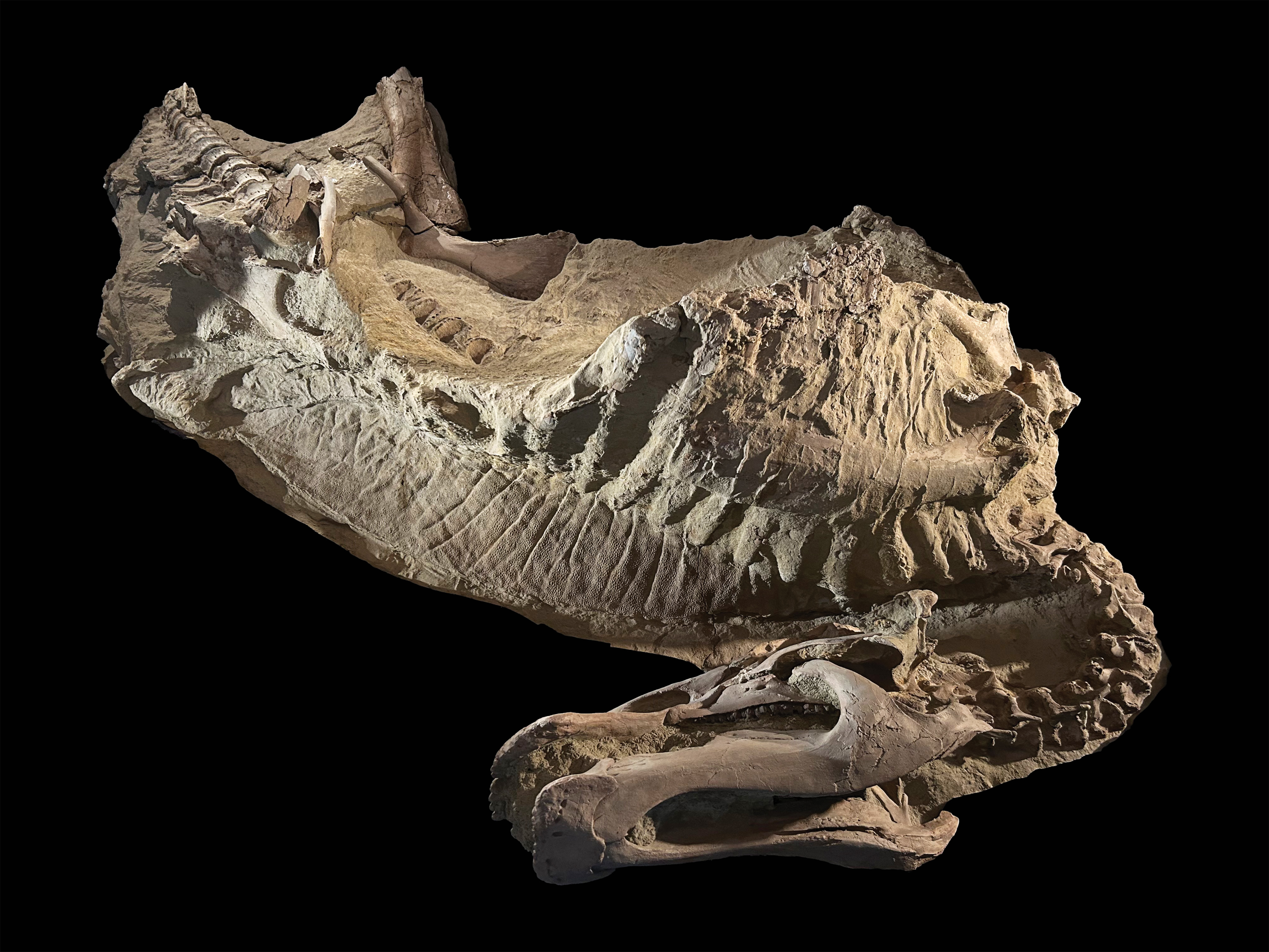
Two extremely rare dinosaur "mummies" found in the badlands of Wyoming are the first examples of hoofed reptiles, according to a new study.
The fossils aren't true mummies, as their original tissues have been replaced with rock, but they give scientists an unprecedented look at duck-billed dinosaur biology, confirming they had hooves. The researchers reported their findings Oct. 23 in the journal Science.
"It's the first time we’ve had a complete, fleshed-out view of a large dinosaur that we can really feel confident about," study senior author Paul Sereno, a professor of organismal biology and anatomy at the University of Chicago, said in a statement.
Duck-billed dinosaurs used their hooves to stomp through mud at the end of the Cretaceous period (145 million to 66 million years ago). They lived alongside other large dinosaurs, such as Tyrannosaurus rex and Triceratops, just before the age of dinosaurs came to a crashing end when a massive asteroid hit Earth and wiped them all out (except for birds).
Dinosaur mummies are exceptionally preserved fossils that contain a clay copy of dinosaur skin and other organic tissues. Several of these fossils were discovered in Wyoming in the early 1900s, which inspired the new research. Sereno and his colleagues found the two new specimens by tracking down the locations of the historical discoveries, using old photographs and letters, and mapping out what they described as a "mummy zone."
One of the newly discovered Edmontosaurus specimens, nicknamed "Ed Jr.," was a late juvenile and estimated to be about 2 years old at the time of its death. The other specimen, nicknamed "Ed Sr.," was an early adult about 5 to 8 years old when it perished.
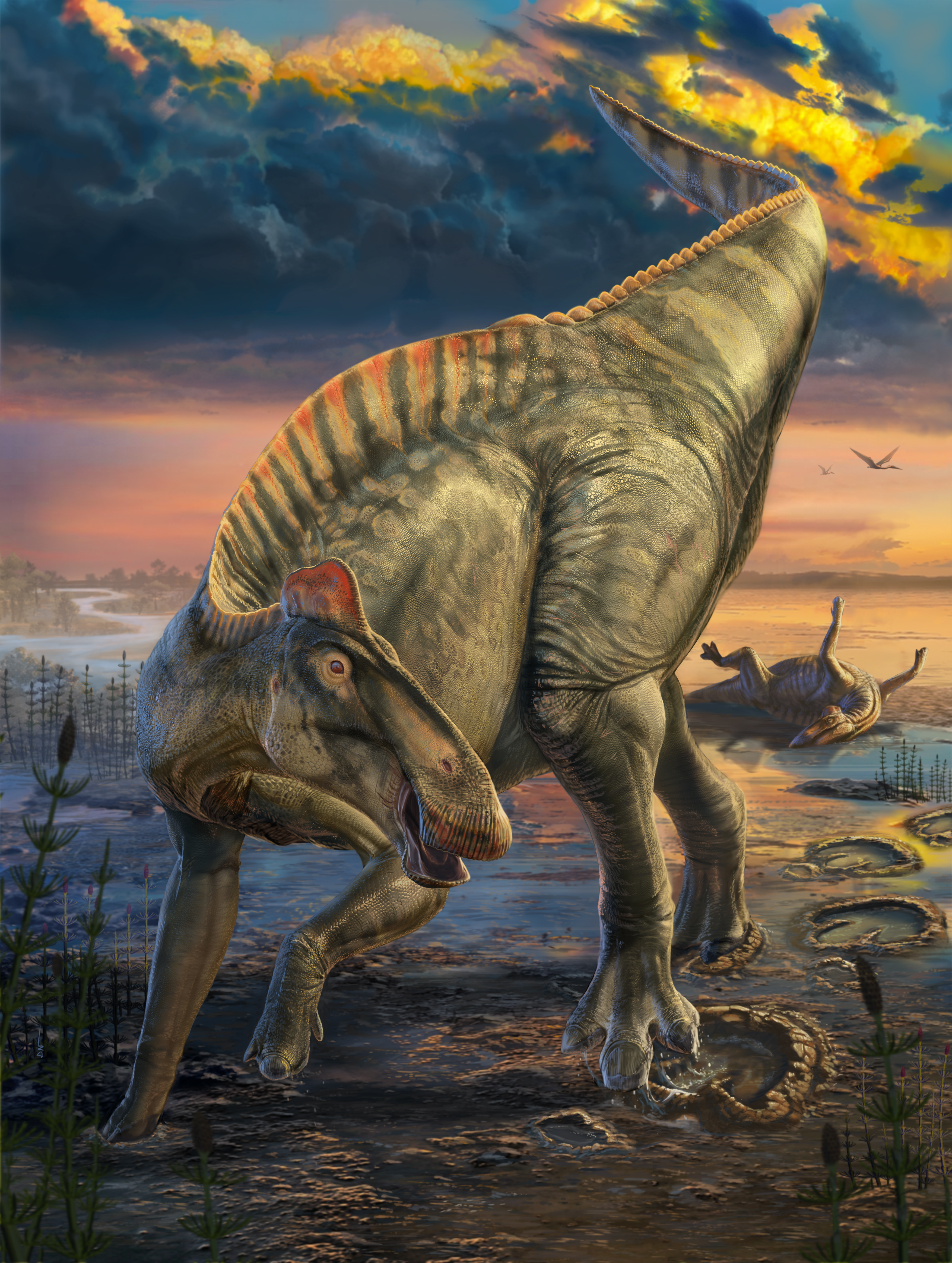
The researchers reconstructed the dinosaurs' biology, movement and preservation using a variety of imaging techniques, including X-rays and micro-CT scans, as well as by analyzing clay, examining the site where they were discovered, and studying fossilized duck-billed dinosaur footprints.
The dinosaurs had a fleshy crest running along their neck and trunk that transitioned into a row of spikes at the tail. Small, pebble-like scales also peppered the animal's lower body and tail, the largest of which were only 0.2 inches (4 millimeters) across — tiny considering the dinosaur could grow to more than 40 feet (12 meters) long, according to the statement.
The team determined that the mummification-like preservation occurred because the dinosaurs' bodies were dried out in the sun — they may well have perished in a drought — before being quickly covered in a flash flood. Static electricity, reacting with microorganisms on the surface of the carcasses, then sucked clay from the wet sediment to form a thin template later around the remains. The organic material then slowly decayed and was replaced with rock.
"There are so many amazing 'firsts' preserved in these duck-billed mummies — the earliest hooves documented in a land vertebrate, the first confirmed hooved reptile, and the first hooved four-legged animal with different forelimb and hindlimb posture," Sereno said.





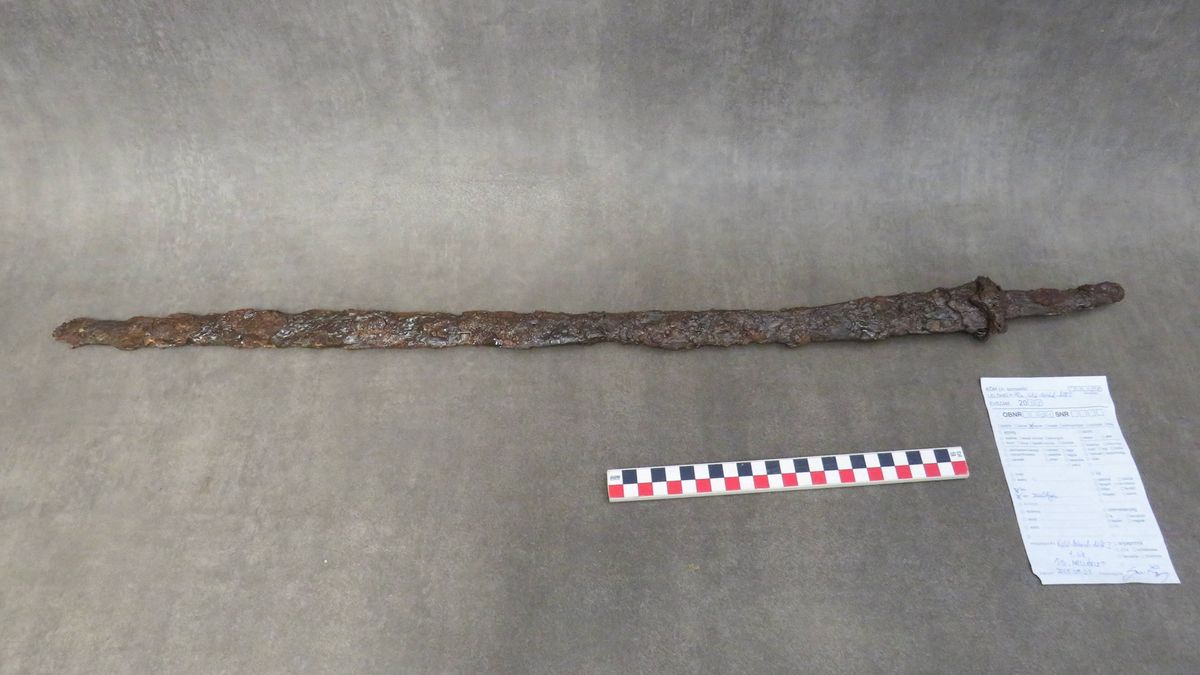


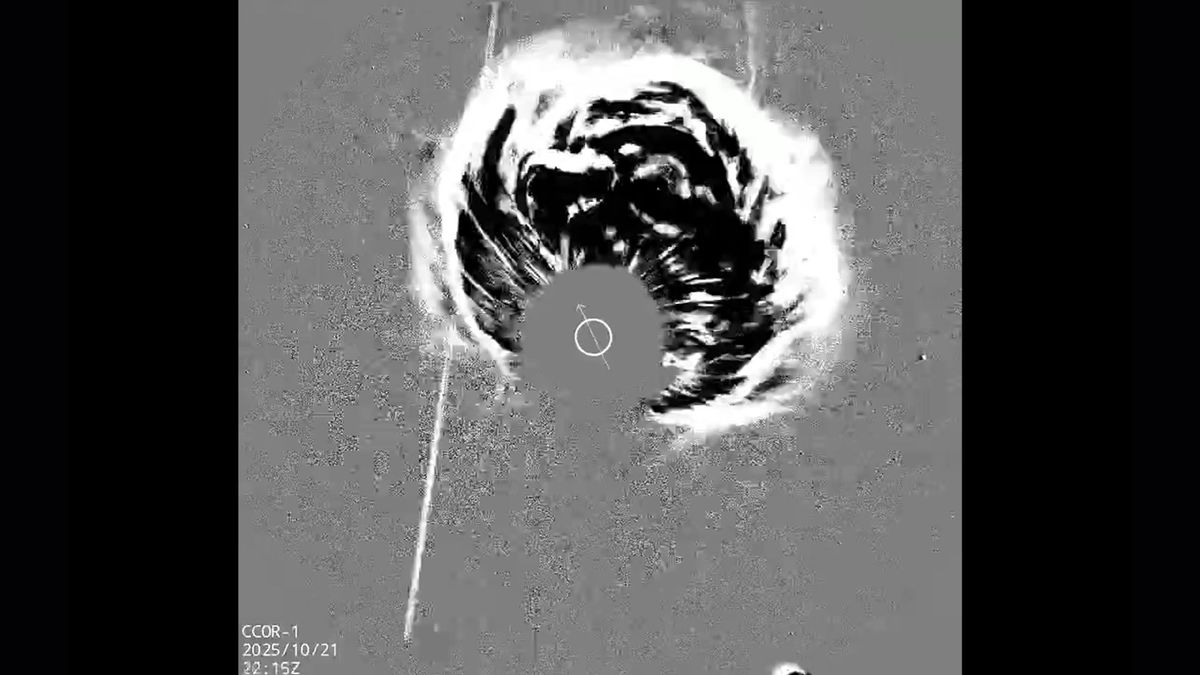








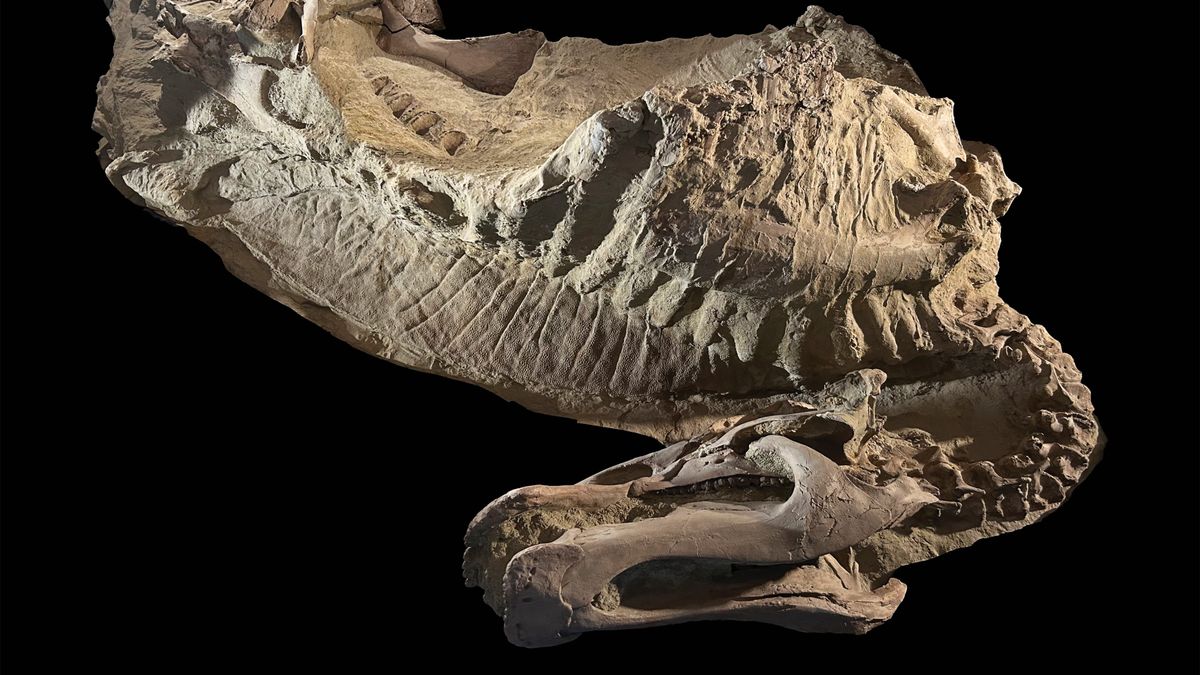






 English (US) ·
English (US) ·  French (CA) ·
French (CA) ·  French (FR) ·
French (FR) ·